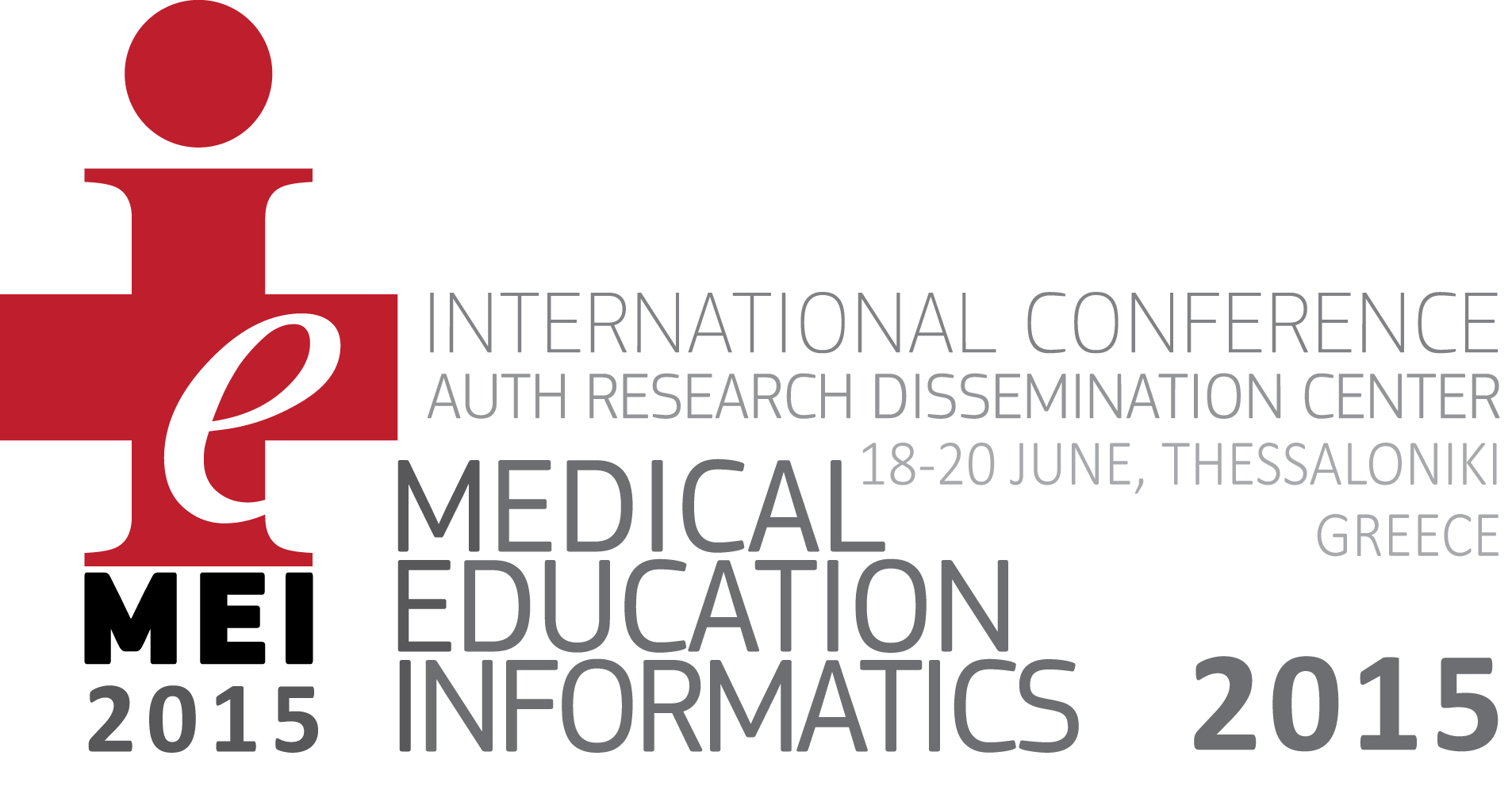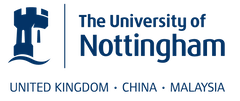Abstract:
In TEMPUS project (e-PBL-net) framework DTMU worked out a new MD-e-PBL program. In the same time, it is known, that processing of new program and its efficacious implementation/ exploitation have additional aspects and/or participants. The issue (implementation/exploitation) is important in its (program) administration. Hence, our goal was to create so called E-assessment recorder (E-Program for MD E-PBL students’ performance assessment recorder) corresponding to the program worked out in e-PBL-net project. It was jointly created by DTMU Dean’s office, examination center and IT department; Assessment Recording e-program allows to register students’ activity assessment and count it according subject, module, e-PBL progress, current and summarizing examinations.
Given website: www.lms.aieti.ge is written on PHP and uses MYSQL database.
After choosing a flaw type, group, module and subject, access is possible to several windows: Everyday Assessment Recording, Quiz Assessment Recording, Quiz Results.
Pre-quiz condition of chosen group, module, subject is expressed for all students of current group in Everyday Assessment Recording. Here you can see data on missed hours, recovered hours and average marks.
In Quiz Assessment Recording pre-quiz points of chosen group, module, subject (summarized) and quiz results are shown, as well as a final mark for this subject.
In Quiz Results for chosen group and module summative results are given for all subjects in the same window. As well as module is summarized and gives total module score.E-Program for MD E-PBL students’ performance assessment recording allows for data transmission, synchronization and storage.
Also, it can be useful to search students’ progress in PBL (preparation for PBL, attitude to peers and tutors, contribution to PBL), find out weak points; learn influence of PBL progress on other elements of the weak, assessment progress in module (Quiz), etc.














